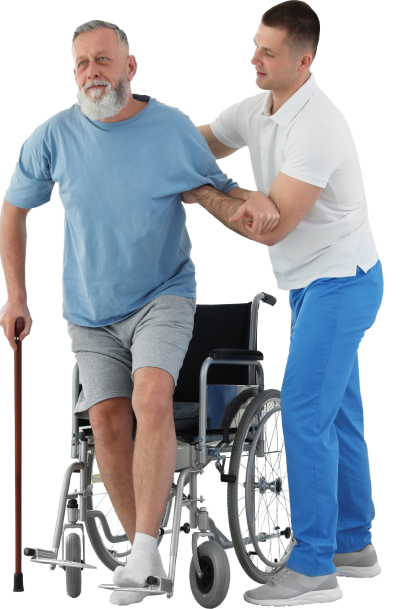DENVER - The Colorado High School Activities Association continued its 2025 Spirit State Championships on Friday with the All-Girl Cheer and Co-Ed Cheer competitions at the Denver Coliseum.
Alongside the Co-Ed Cheer State Champions, Denver Christian captured the 2A All-Girl Cheer title for the fifth-straight year, while Resurrection Christian won 3A All-Girl Cheer for the first time ever. For 4A, Windsor won for a second-straight year and in 5A, Douglas County captured the state title for the first time since 2022.
For the fifth-year in a row, Denver Christian has been named state champions in 2A All-Girl Cheer.
"We graduated 10 athletes from last year's team that had won nationals after we won state for the fourth time," Denver Christian coach Gina Harris said. "So, half of the athletes on the mat, they were pretty much brand new to cheer - like, either no experience or they were on JV last year – and they never have competed in this environment. So, we faced a lot of adversity, and for them to not only come in and win, but give such a dominant performance… I'm just so humbled and I'm so proud of them."
This championship also marks Denver Christian's sixth overall state title.
Denver Christian posted a score of 84.00, while Cheyenne Wells took second with a score of 73.25. Holly rounded out the top-three with a score of 71.30.
For the first time in school history, Resurrection Christian is lifting a spirit state championship trophy, as the Cougars put together a winning score of 67.50 in 3A All-Girl Cheer.
"Thier commitment, everything to this team was just so big," coach Jaidyn Esely said. "...at every practice they tried harder and harder and harder because they knew that they can succeed."
The team was eighth last year.
"I think that they came in last year, they had a drive but it wasn't quite there," Esely said. "This year, they realized…we can actually do this."
Vanguard School took second with a score of 63.60, while Highland was in third place (63.00).
For the second year-in-a-row, Windsor is lifting the 4A All-Girl Cheer trophy.
Windsor entered the finals with the sixth-best score, but turned it around for a winning score of 86.40 in the finals.
"We had to go out there after prelims, we saw we were in sixth [place]," Windsor coach Samantha Murray said. "We had to put the work in that we've been putting in all season and just do it how Windsor does, and just have fun."
Lutheran took second in the category, putting together a score of 85.00, while Thompson Valley took third (78.70), Severance was fourth (75.30) and Timnath took fifth at 73.60.
For the first time since 2022, Douglas County can call themselves state champions, as the Huskies captured their third 5A All-Girl Cheer title.
"This group was nothing but determined since day one," Douglas County coach Lauren Borgmeier said.
"Everyone was pretty laser focused since day one… we have been state runner-up two years in a row. 'We cannot be second place again.' And they came in every practice with that determination, with that grit, but also with that mental toughness of, we will not accept anything but a hit."
This marks Douglas County's eighth overall cheer title and third All-Girl Cheer championship.
The Huskies scored 94.7 in the finals. Rock Canyon finished second in the category with a score of 91.5, while Legend took third (91.45), Eaglecrest fourth (84.95) and Regis Jesuit fifth (76.45).
Competition will conclude tomorrow with dance, as performances will take place in jazz, poms and hip-hop. Routines will begin at 9 a.m., with finals scheduled to begin at 3:12 p.m.

 720-619-2927
720-619-2927




 Service Areas
Service Areas























